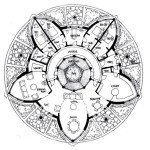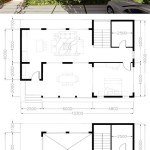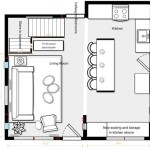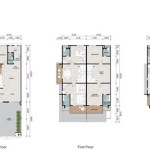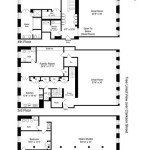Essential Aspects of Electrical Layout Plan of Residential Building DWG
An electrical layout plan is a crucial document in residential building projects, outlining the placement and configuration of electrical systems, components, and circuits. It serves as a blueprint for electricians during construction and maintenance to ensure electrical safety, functionality, and compliance with building codes.
Benefits of a Comprehensive Electrical Layout Plan
- Improved Electrical Safety: Ensuring proper circuit planning, wire sizing, and grounding prevents electrical overloads, fires, and shock hazards.
- Enhanced Functionality: The layout optimizes placement of outlets, switches, and light fixtures to meet the specific needs and usage of each room.
- Simplified Maintenance: A well-organized layout facilitates troubleshooting and repairs, reducing downtime and costs.
- Increased Energy Efficiency: Efficient lighting and appliance layouts minimize energy consumption, lowering utility bills.
- Compliance with Building Codes: The layout ensures adherence to local and national electrical codes, ensuring project approval and safety.
Key Considerations for an Effective Electrical Layout Plan
1. Load Analysis and Circuit Planning
The plan should determine the electrical loads for each circuit based on connected appliances and fixtures. This ensures adequate wire sizing and circuit breakers to prevent overloads and overheating.
2. Outlet and Switch Placement
The layout must consider the number, type, and location of outlets and switches to provide convenient and accessible electrical access throughout the building.
3. Lighting Layout
The plan should detail the placement of light fixtures, including ceiling lights, wall sconces, and recessed lighting. It should consider natural lighting, room usage, and aesthetic preferences.
4. Wiring and Conduit Routing
The layout shows the paths of electrical wires and conduits, including vertical and horizontal runs. It should minimize wire crossings, avoid potential obstacles, and ensure proper support.
5. Grounding System
The plan includes details of the grounding system, showing the locations of grounding rods, bonding points, and equipment grounding conductors. Proper grounding ensures electrical safety and prevents electrical shocks.
6. Panelboard and Equipment Location
The plan shows the locations of electrical panels and other equipment, such as transformers, surge protectors, and generators. It considers accessibility, ventilation, and ease of maintenance.
7. Symbols and Conventions
The plan uses standardized electrical symbols and conventions to clearly convey the intended layout. This includes symbols for outlets, switches, fixtures, and wiring.
Conclusion
A well-planned electrical layout plan is essential for residential building projects. It ensures electrical safety, functionality, energy efficiency, and compliance with building codes. By considering load analysis, outlet and switch placement, lighting layout, wiring routing, and other key aspects, homeowners and builders can create a safe and efficient electrical system.

Residential Electrical Layout Plan Drawing Dwg File

House Electrical Plan Cad Drawing Free Dwg File

House Electrical Plan In Autocad File Layout Residential Cad

2 Bhk House Electrical Layout Plan Autocad Drawing

Apartment House Electrical Layout Plan Drawing Dwg File

Electrical Layout Of A House Dwg Block For Autocad Designs Cad

Dwg File Of The Electric Layout Plan Residence House Electrical Cad Residential

Electrical Layout Plan Of The House With Detail Dimension In Autocad Plans Boutique Interior Design

Residential Building Electrical Design Dwg Block For Autocad Designs Cad

Small House Electrical Layout Plan Cad Files Dwg Plans And Details

